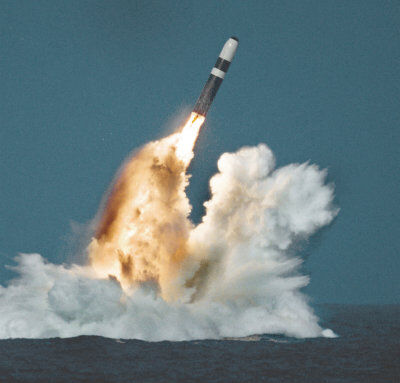

Raytheon Co., a missile manufacturer, uses manufacturing execution systems to monitor the production of missiles to ensure that no mistakes are made. For example, the system will monitor the number of times that a screw is turned, so that if it isn’t turned the correct number of times, an error message goes off, and production halts until the error is corrected. For an industry where a tiny mistake results in millions of dollars in repairs, keeping such tight control on the process is a huge advantage.
Harley-Davidson also takes advantage of this kind of software. Its plant in Pennsylvania will track data on every detail of production. For instance, software will track factors, such as the temperature and humidity in the painting booth, so that the machinery can be adjusted if the factors aren’t meeting the correct settings. The plant also uses data to find what part of the manufacturing process is slowing production down, so it can consistently meet its production goals.
Intel adopted an early version of Hadoop big data technology, in order to cut costs in its manufacturing process, and has saved millions of dollars as a result. One way the company was able to cut costs was by analysing historical data to reduce the number of tests it must conduct in order to check the quality of the chips.
These are just a few examples of how big data technology is helping the manufacturing industry to cut costs and improve outcomes. Some other ways technology is beneficial to the manufacturing sector include:
1. Enhanced Safety and Quality
Traditionally, quality inspections occurred after a product had already been produced. While this kept a bad product from going out to the consumer, it led to a lot of waste because the product had to be completely rebuilt or discarded. With advanced software and analytics, on the other hand, companies can detect and fix a problem during the production process, so that every piece that is completed can be used.
2. Better Allocation of Resources
Data analytics can also identify where there is an overlap of resources, so that staff and technology can be used where they can provide the best benefit to the company. This doesn’t mean that the technology is eliminating the need for human input, but that companies are learning to combine the two in a smart way.
3. Greater Value from Assets
The machinery used in production was typically seen as a sunk cost that was necessary for doing business, but didn’t provide any additional value to the company. Now that these machines are being equipped with software to collect data from those machines, they are becoming a valuable source of information that contributes directly to the company’s revenue.
Overall, manufacturers who take advantage of new technology—be it real time analytics with flash array storage or big data technology like Hadoop—will be at a significant advantage, as they will be able to reduce costs, boost production and improve the value of their assets in a way their competitors’ never could.